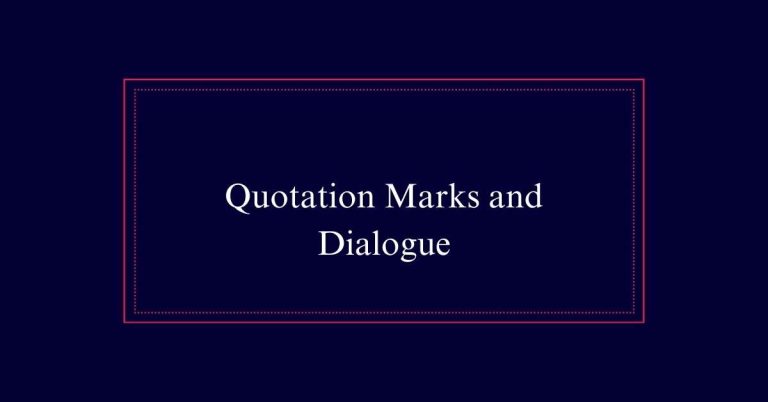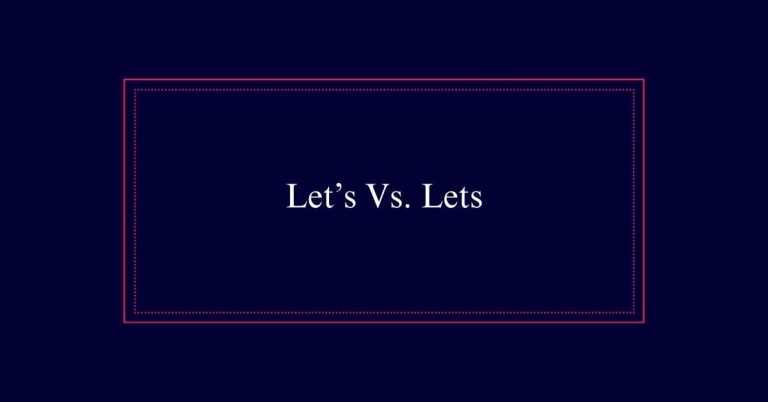Gist or Jist
The correct spelling is ‘gist,’ not ‘jist.’ The term ‘gist’ refers to the essence or main point of something, capturing the core idea quickly and concisely. It originated from Anglo-French in the early 18th century, initially used in legal contexts to indicate the fundamental grounds for legal actions. Today, it is widely used in various fields to summarize the main points efficiently.
Definition of Gist
The term ‘gist’ refers to the essence or main point of something. It captures the core idea quickly and concisely.
Originating from Anglo-French in the early eighteenth century, ‘gist’ is often used in phrases like ‘cest action gist.’ This term is essential for understanding complex information in a simplified form.
For example, in Fuzzy Trace Theory, people process information in both verbatim and gist forms. Grasping the gist of a text or conversation saves time and improves comprehension.
Legal Context of Gist
In legal contexts, gist refers to the fundamental grounds on which a legal action is based. It represents the core issue or main point that forms the basis for a lawsuit. Legal professionals must identify the gist to understand the essence of a case clearly. This helps in formulating arguments and strategies effectively.
For instance, in tort law, the gist of a claim could be the harm caused by negligence. Understanding the gist is essential for judges to make informed decisions. It allows lawyers to focus on the most critical aspects of their cases.
Origin of the Term
Gist originated from Anglo-French in the early eighteenth century. The term is derived from the phrase ‘cest action gist,’ meaning ‘this action lies.’ It was initially used in legal contexts to denote the grounds on which a legal action rests. Over time, the usage of ‘gist’ expanded beyond the legal domain to indicate the essence or main point of any subject. The transformation from a legal term to a more general one highlights the term’s adaptability and enduring relevance.
| Aspect | Details |
|---|---|
| Origin | Anglo-French |
| Initial Usage | Legal contexts |
| Phrase | ‘cest action gist’ |
| Expansion | Beyond legal to general use |
| Meaning Today | Main point or essence |
Common Usage of Gist
Common usage of ‘gist’ often appears in contexts where summarizing or capturing the main point is essential. It is frequently employed in various fields to convey the essence of information succinctly.
For instance, in education, teachers encourage students to grasp the gist of a text for better comprehension. Journalists aim to encapsulate the gist of news stories, ensuring readers understand the key points quickly. Legal professionals rely on the gist of cases to formulate arguments effectively.

Here are four situations where understanding the gist is vital:
- Exams: Students summarizing lengthy chapters.
- Meetings: Professionals capturing main discussion points.
- Books: Readers retaining core wisdom.
- Speeches: Audiences remembering key messages.
Correct Spelling: Gist
The accurate spelling of the term is ‘gist,’ not ‘jist.’ This distinction is essential for clear communication. ‘Gist’ refers to the essence or main point of a conversation, text, or argument. Using the correct spelling guarantees that the intended meaning is conveyed accurately.
| Term | Correctness |
|---|---|
| Gist | Correct |
| Jist | Incorrect |
| Usage | Main point |
| Origin | Anglo-French |
Avoiding ‘Jist’ Mistake
To maintain clear and effective communication, it is essential to avoid the common mistake of using ‘jist’ instead of ‘gist’. The correct spelling is ‘gist’ with a ‘g.’ Using the incorrect form can lead to misunderstandings and diminish the credibility of your writing.
Here are four reasons to use the correct spelling:
- Professional Image: Correct spelling showcases professionalism and attention to detail.
- Clarity: Ensuring accuracy helps convey your message clearly.
- Credibility: Proper usage builds trust with your audience.
- Avoid Confusion: Using ‘gist’ correctly prevents potential misinterpretations.
Examples of Gist
Have you ever noticed how capturing the gist of a conversation can simplify complex topics? Grasping the core idea allows for better understanding and communication.
Consider these examples:
- Books: Summarizing the gist of a novel can help retain its wisdom and themes.
- Articles: Understanding the gist aids in comprehending the main points without getting lost in details.
- Lectures: Students who focus on the gist of lectures often find it easier to remember and apply key concepts.
- Meetings: Capturing the gist of a meeting can save time and guarantee that everyone is on the same page.
Usage in Sentences
Building on the examples of how grasping the gist can simplify complex topics, let’s explore how ‘gist’ is used in sentences to convey the main idea effectively. Writers often aim to convey the essence of their message in the introduction. Teachers may ask students to summarize the core of a passage for comprehension. Understanding the essence of a speech helps in remembering key points. Journalists aim to capture the essence of news stories in their headlines. The ability to extract the essence from lengthy texts is a valuable skill.
| Sentence Context | Example Sentence | Purpose |
|---|---|---|
| Writing | The essay’s introduction captures the essence concisely. | Summarize main idea |
| Education | Summarize the essence of this paragraph, please. | Assess understanding |
| Public Speaking | He remembered the essence of the speech well. | Retain key points |
| Journalism | Headlines often convey the essence of the story. | Capture reader’s attention |
| Reading Skills | Extracting the essence from texts is important. | Improve comprehension skills |







